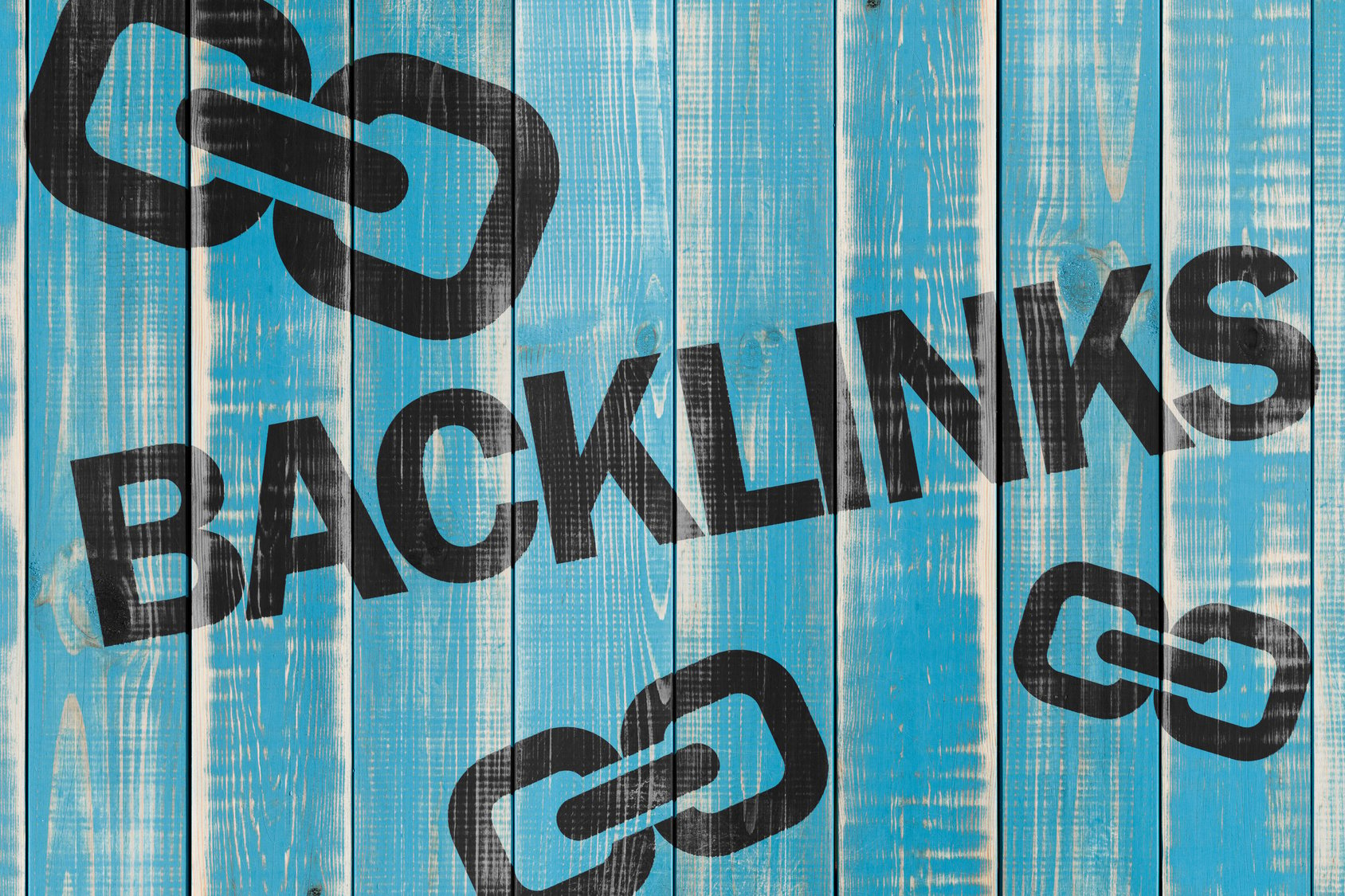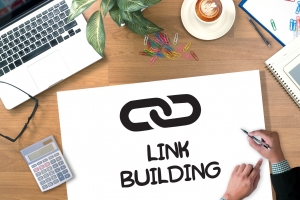93% of all online activity begins with an entry into a search engine.
But if your website’s keywords aren’t where they need to be, you’ll fall in the search engine rankings, and users will find your competitor’s site before they find yours.
Nobody wants that to happen.
Before you get into other SEO tactics like generating social backlinks, you need to master keyword research.
To make sure your keyword research is effective, current, and won’t get your website on a blocked list, we’ve created this article, giving you the ultimate keyword research checklist.
Your Keyword Research Checklist: What You Need To Know First
According to a recent survey of over 350 marketers, almost everyone is increasing their SEO budget on at least a yearly basis. This means that as SEO research and industry profits grow, Google and other search engines are getting wiser to those that are just trying to game the system.
This means that if you engage in keyword stuffing, are essentially plagiarizing another site’s content, or haven’t entered your keywords exactly as they need to be entered, your site won’t rank as high as it could.
But finding the right keywords depends on the quality and frequency of the research you’re doing.
Keyword Research Checklist: The Basics
Step One: Get A Spreadsheet.
This will help you to properly organize your keywords. Have cells for keywords, volume, competition, difficulty, and another cell for any internal notes you’ll want to leave yourself.
Don’t forget to freeze your top row, so that your spreadsheet’s header won’t count as data.
Step Two: Start Brainstorming
Ask yourself when creating your keyword research checklist, “What would I type into my search bar if I were looking for this content?”
Think about possible phrases and word order. Decide in one sentence or phrase what your post is about.
Then, Google your main phrases or keywords and see what else comes up in Google’s suggestions. This isn’t where you should stop, of course, in your research process, but it’s a great way to get additional ideas.
Finally, look into online synonym lists on sites like Thesaurus.com and enter those into your spreadsheet as well.
Step Three: Generate Your List Of Suggestions
If you haven’t hired an SEO industry professional to help you with your keyword research, programs like UberSuggest can be a valuable sorting tool when it comes to figuring out your top keywords.
Start by putting in your shortest and most general keywords into the program, then add your findings to your spreadsheet.
The People Part of Your Keyword Research Checklist
Step Four: Find Out How People Really Talk
You know that there are tons of ways to find the answers to whatever questions you have online.
Checking out places like Quora will really help you to find the right keywords because you’ll have access to how exactly everyday users and your target market are talking about your keywords and topics.
They’re talking as they normally would about subjects they’re interested in. As a bonus, Quora will also help you to create ideas for web content.
Search a couple of your top keywords or phrases in the search bar, and see what comes up.
Step Five: Know Your Competition
Of course, if you want to rank higher in Google search indexes, you’re going to need to know what it takes to get there.
Enter in your most popular keywords and phrases in Google and take a look at the websites on the first page of results.
From there, you can head over to the Google Keyword Planner tool and select “Find new keywords and get search volume data.”
Then, in the “your landing page” field, just paste in your competitor’s, that showed up on the first page of Google.
Then, you’ll get a perfect list of the keywords that you know have helped a website make it to the coveted first page of Google.
As an alternative, you can also use Ahrefs Site Explorer to get your competitor’s keywords and other valuable information in the same way.
Fine-Tuning Your Keyword Research Checklist
Step Six: Generate Long-tail Keywords
There are lots of tools out there that can help you with this, as well as tools for a variety of SEO purposes. Basically, use your main keywords to generate longer, more complete phrases that people type into Google.
Then, add them to your spreadsheet, which should be really growing by now!
Step Seven: Use Keywords Explorer To Get More SEO Keywords
This is a great way to get your own, ready-made keyword spreadsheet. Enter in your keywords in the search bar, select your target country, and hit search.
Then, you get a generated list of popular keywords, along with their Difficulty ranking (this tells you how hard it will be to “outrank” people on the first page of Google.
Step Seven: Narrow Down Your List and Paste
Now, remove any duplicates, then paste your edited list into Google Keywords Planner.
This will help you to eliminate the most unpopular keywords from your list.
Then, do a manual read-through of your keywords to make sure that your list doesn’t include anything too obviously unnatural or words you’ve never heard used.
Also get rid of low volume keywords, and keywords that are just too competitive (with a high Difficulty ranking.)
With that, you’re ready to start writing content with the best keywords out there! You’ve completed our Keyword Research Checklist, now just don’t cheapen the effectiveness of your content by engaging in keyword stuffing.
We Can’t Wait To See How Your Site Ranks Now!
With so much effort going into the planning stages of keyword research, it can be easy to forget something.
Thanks to this checklist, you won’t accidentally skip a step ever again.
However, if you feel like you still need a little bit more help, or if you just have more specific questions you’d like answered when it comes to keyword research of SEO in general, please feel free to reach out to us.
We’re always here to help you figure out exactly what it takes to land on the coveted first page of Google search results.











